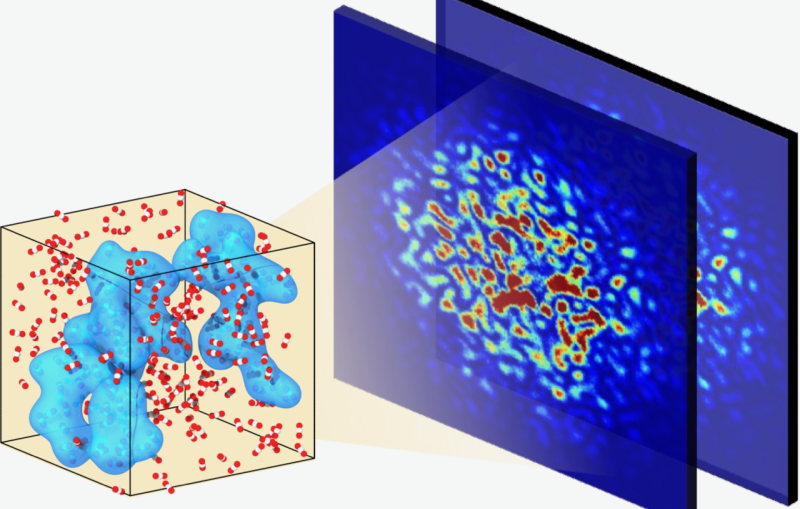September 10, 2020
Stanford physicist’s quest for the perfect keys to unlock the mysteries of superconductivity
For decades Z-X Shen has ridden a wave of curiosity about the strange behavior of electrons that can levitate magnets.
Related Topics
- Energy sciences
- Stanford Institute for Materials & Energy Sciences (SIMES)
- SLAC+Stanford
- Condensed-matter physics
- Materials science
- Superconductivity
- X-ray science
- X-ray spectroscopy
- X-ray light sources and electron imaging
- Linac Coherent Light Source (LCLS)
- Stanford Synchrotron Radiation Lightsource (SSRL)
Dig Deeper
Related stories
News Brief
February 24, 2025
·
2 min read

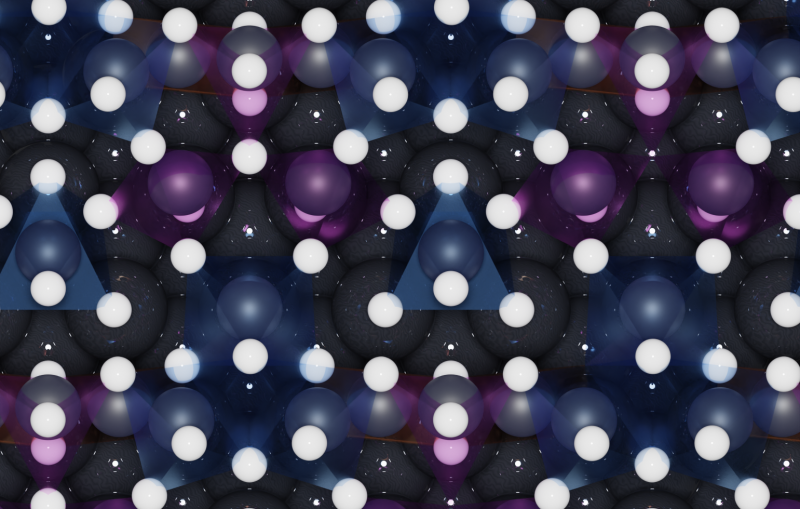
News Brief
February 19, 2025
·
2 min read
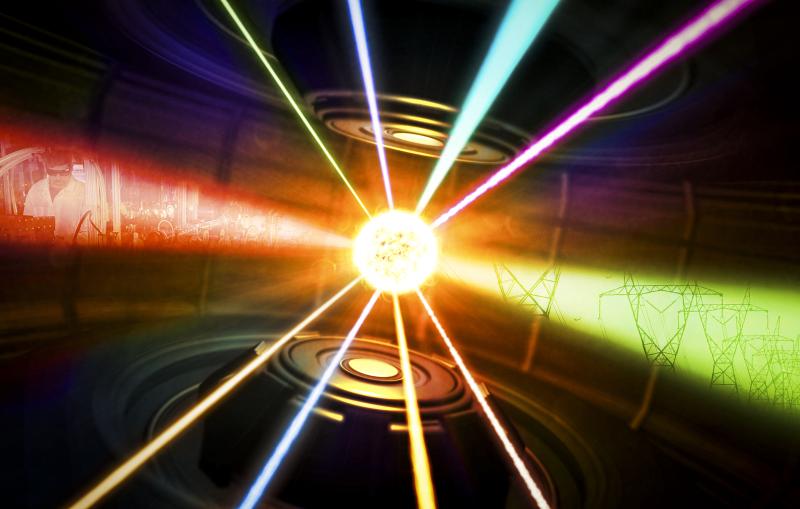
News Brief
February 24, 2025
·
2 min read


News Brief
February 19, 2025
·
2 min read

News Brief
February 4, 2025
·
3 min read
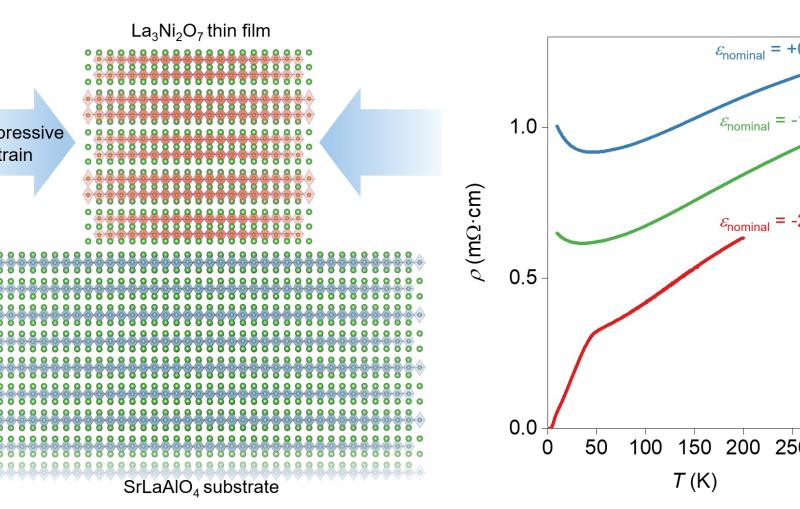
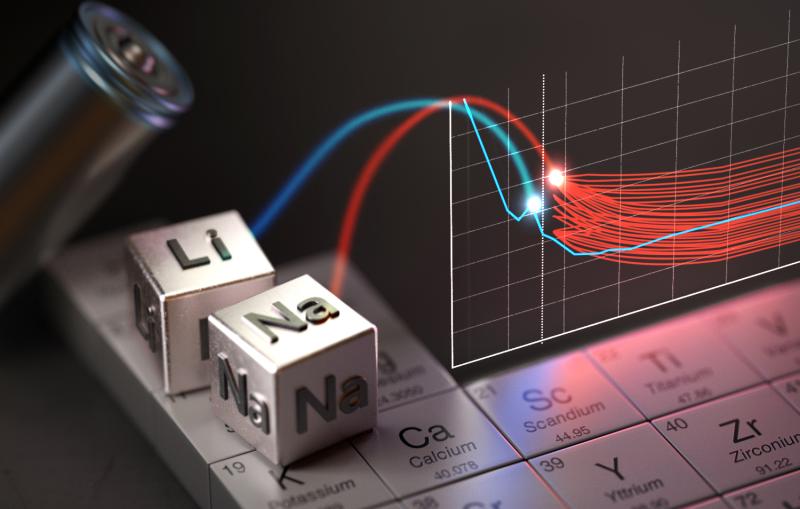
News Brief
December 18, 2024
·
3 min read
